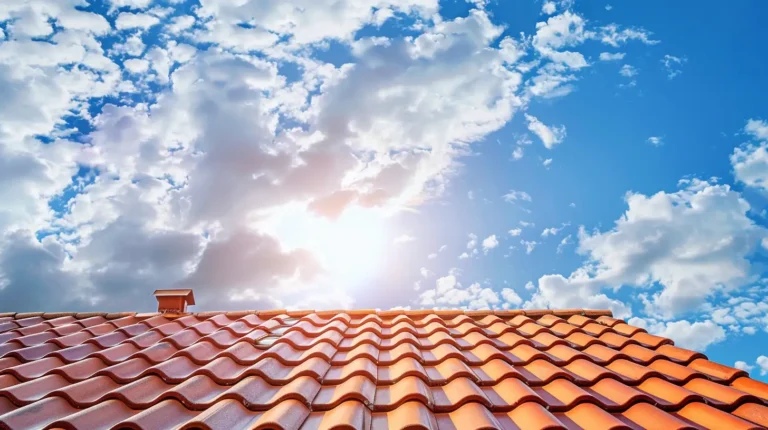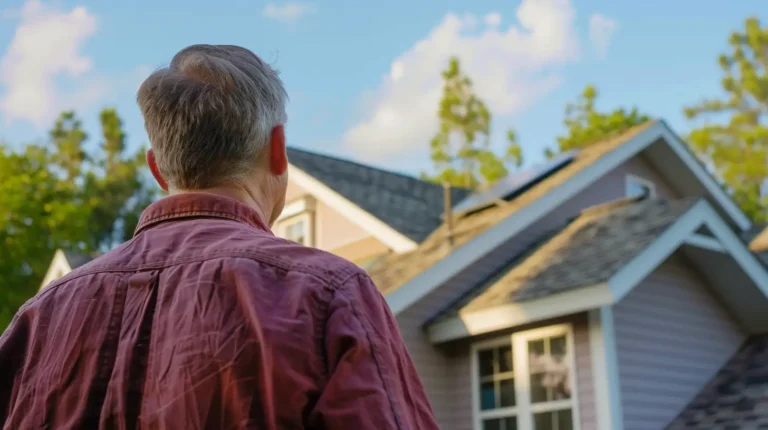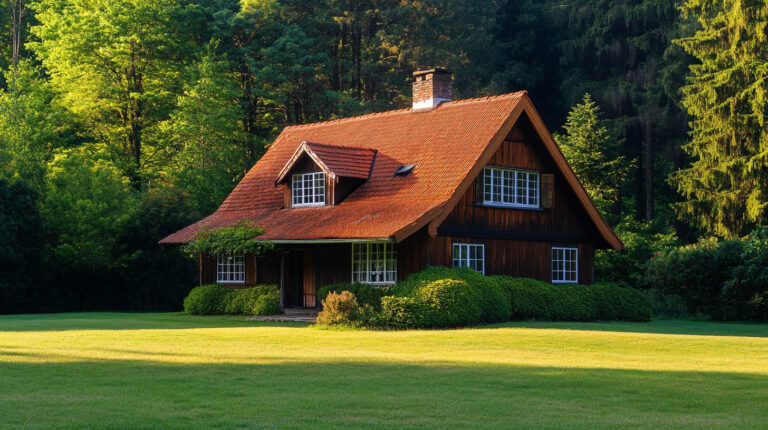
Blog
How Long Should a Shingle Roof Last?
A shingle roof is a popular and cost-effective choice for many homeowners, providing a balance between durability and aesthetics. But how long should you expect your shingle roof to last? At Avenue Roofing, we believe understanding the lifespan of your shingle roof and how to maximize its longevity is key to protecting your home.

Shingle Roof Lifespan
The typical lifespan of a shingle roof ranges between 15 to 30 years, depending on several factors. This lifespan can vary widely based on the type of shingles, installation quality, climate conditions, and maintenance efforts.
- Asphalt Shingles: These are the most commonly used shingles due to their affordability and effectiveness. They typically last between 15 to 30 years.
- Impact-Resistant Shingles: These materials are engineered to endure harsh weather elements, including hail and strong winds. They provide superior durability and often have a longer lifespan compared to traditional asphalt shingles.
Interesting Fact: Shingles with a Class 4 impact rating can withstand hail up to 2 inches in diameter, making them an ideal choice for areas prone to severe storms.
Factors That Affect Shingle Roof Durability
Climate Conditions
Your local climate plays a significant role in determining the lifespan of your roof. In regions with extreme heat, heavy rain, or snow, shingles may deteriorate faster. UV rays from the sun can cause the materials to break down over time, while moisture from rain or snow can lead to mold growth or structural damage.
Installation Quality
Even the highest-quality shingles won’t last if they’re not properly installed. A professional installation ensures that your roof is securely fastened, with proper ventilation and flashing to prevent leaks and damage. Improper installation can lead to premature wear and tear, reducing the roof’s overall lifespan.
Ventilation and Insulation
Proper attic ventilation and insulation are crucial in extending the life of your roof. Good ventilation helps prevent moisture buildup and reduces the strain caused by excessive heat, which can damage shingles over time. Without proper ventilation, the trapped heat and moisture can accelerate the aging process of your shingles.
Maximizing the Lifespan of Your Shingle Roof
Regular Maintenance
Maintaining your roof is essential for extending its life. Inspect your roof regularly for signs of damage, such as cracked or missing shingles, and address any issues as soon as they arise. Small repairs can prevent larger, more expensive problems from developing later on.
Clean Debris and Moss
Debris, moss, and algae can trap moisture on your roof, leading to deterioration. Cleaning your roof regularly helps prevent this buildup, keeping the shingles in good condition. Scheduling a professional roof cleaning once or twice a year can also enhance the appearance and lifespan of your roof.
Ensure Proper Ventilation
Ensuring that your attic is properly ventilated can significantly impact the lifespan of your roof. By allowing heat and moisture to escape, you prevent the kind of damage that can shorten the life of your shingles. Proper ventilation also helps reduce energy costs by keeping your attic cooler.
Did You Know? A well-ventilated attic can help lower your roof’s temperature by up to 20°F, extending the life of your shingles by reducing heat strain.
FAQs:
1. How long do asphalt shingles typically last? Asphalt shingles generally last between 15 to 30 years, depending on factors such as climate, maintenance, and installation quality.
2. How can I extend the lifespan of my shingle roof? Regular maintenance, cleaning, and ensuring proper ventilation can help extend the life of your shingle roof.
3. Does proper ventilation really affect my roof’s lifespan? Yes, proper ventilation prevents heat and moisture buildup, which can cause shingles to deteriorate faster, thus extending the roof’s overall lifespan.
4. Should I repair or replace my shingle roof if it’s nearing the end of its lifespan? If your roof has extensive damage or is close to the end of its lifespan, it may be more cost-effective to replace it rather than continually repair it.
Conclusion: How to Extend the Life of Your Shingle Roof
A shingle roof can last anywhere from 15 to 30 years, but with proper maintenance and installation, it’s possible to maximize its lifespan. Regular inspections, prompt repairs, and ensuring adequate ventilation are all critical steps in maintaining your roof’s integrity.
To find out if it’s time to replace your tile roof with a new material, click here.



